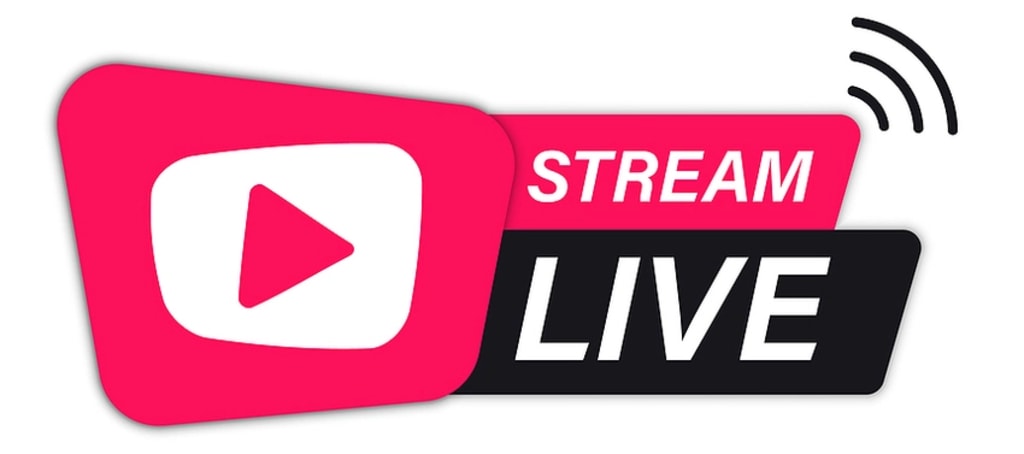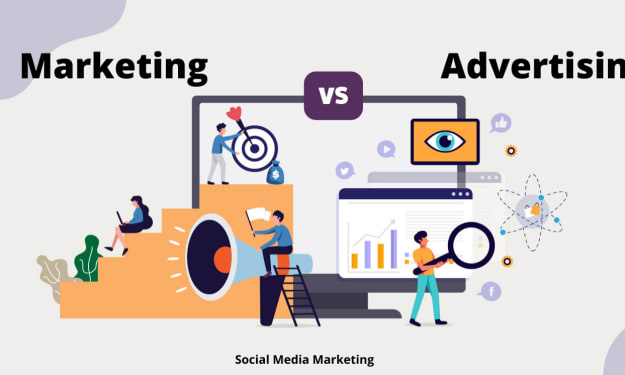
Let’s face it. Be it YouTube, Twitch, Instagram, Facebook, Twitter, or Zoom – live streaming is a huge phenomenon already. We talked about the exponentially increasing popularity of live videos even before the COVID-19 pandemic. Coronavirus only pushed us all towards a speedier adoption of live videos, willingly and even reluctantly.
Especially when we talk about businesses, almost 99% of their daily activities shifted on online mediums, and live streaming was one of the most significant parts of this endeavor.
Be team meetings, client conventions, recruitment interviews, seminars, CSR activities, and various campaigns, live streaming offered a virtual medium to perform each of these tasks, which otherwise would happen face-to-face in good old days.
Thinking about experimenting with live streaming in your business
That’s a great idea. However, before you start live streaming, make sure you are aware of some fundamental practices. After all, you wouldn’t want to mess things up, especially when you are representing your brand or business in your live broadcasts.
So, here we go. This post will help you get acquainted with the concept of live streaming as a beginner. Further, you will learn how to implement live streaming in your business for different verticals, and how to make the best impression on your audience while representing your brand in a live video.
What is Live streaming?
Think of live streaming as a one-way communication channel that uses video as a medium. Compared to other forms of video marketing, live videos present you in front of your audience in real-time as you stream. Additionally, the viewers can interact with the live streamer in real-time via live chat.
Depending on the live streaming software or the platform you are using, you may get additional interactive features such as comments, questions, polls, digital whiteboards, and the option to add multiple users in a stream. Apart from this, live streaming software may also allow you to save your stream once completed and make it available for downloading or streaming on-demand.
- Accessible ways to stream live videos
- There are three major ways to stream live videos:
- Free Social Media Live Streaming
Several social media platforms have introduced live streaming features to their users. If you use any of these platforms, you can simply stream live videos to your followers and friends. You can use social media platforms such as Facebook Live, Instagram Live, Twitter Periscope, Twitch, and YouTube Live.
Be advised that each of these platforms offers a different set of features and different levels of how long can you live stream in one-go. For instance, Facebook allows the live broadcast of not more than 90 minutes per session, Instagram’s limit is 4 hours, while YouTube allows up to 12 hours of continuous live broadcasting.
To live stream a video on these social media platforms, all you need is your smartphone with the respective mobile app installed on it. You can also create a professional live streaming setup by including some additional equipment such as a screen capturing tool, encoders, multi-camera setup, etc.
Premium Live Streaming Tool
There are cloud-based standalone live-streaming platforms that you can use for broadcasting your live videos. These platforms provide bandwidth-based pricing plans, which you can choose according to your needs.
Apart from these, they provide some advanced controls, such as video monetization if you want to make money. For example, you want to live stream daily church sermons and get paid from users to access your stream on a pay-as-you-go basis or through monthly subscriptions.
The best part is some of these tools allow you to embed your live stream on your existing website, or social media, so you can get maximum viewership. For example, if you want to live stream your product launch event, you can embed the stream on your company’s website, Facebook page, and Twitter page so all your followers can see the event.
Examples: Uscreen, LiveStream, UStream, Dacast, Wowza, etc.
These names provide a collection of software and hardware solutions that you need for broadcasting live videos through your own setup rather than depending on free social media platforms.
Turnkey Consolidated Live Streaming and Monetization Tool
There are ready-made, personalized live streaming solutions that offer live streaming, monetization, and web interface tools consolidated in one.
That means you need not improvise on multiple platforms to first host your live stream, secondly monetize it, and then allow the users to access it via traditional video embedding.
Instead, you can use a turnkey script, which you can install on your webserver to readily set up a standalone live streaming website that supports:
- hosting of live streams,
- monetization of live streams, and
- streaming of live streams on the same platform.
These are ready-made live streaming website builders with live streaming software integrated with them along with payment gateways, subscription revenue channel, pay-per-view solutions, and a complete user management system.
They come ready-made with live streaming solutions, content management system, revenue management system, and user management system, already integrated. Example, StreamHash StreamNow. You should use such solutions if you want to create a live streaming website of your own, rather than depending on social media or premium live streaming platforms.
Best Practices for Streaming Live Videos
Now that you are aware of your options, you can apply these live streaming best practices to enhance your experience on the go.
Select the right platform
- Depending on your needs and business objectives choose any of the three live streaming solutions explained above.
- If you want to stream for marketing, social media streaming is a good option.
- If you stream occasional events, premium live streaming tools can do the job.
- If you want to stream and earn from it, both premium tools and turnkey solutions are good for it.
- If you are looking for a long-term commitment and a consolidated platform to stream both kinds of live videos (marketing and monetization) from a central platform, turnkey scripts are best suited for the job.
Promote your stream in advance
The thing about live streams is they happen in real-time. If no one knows about it in advance, they won’t see it. That’s why you must promote your live stream days in advance before the actual real-time schedule.
You just have to schedule your stream and use the channels such as email, social media, internet messengers, groups, and your website to share live stream URLs or booking-URLs with the target audience.
Also, while sharing your schedule make sure you update all kinds of relevant information, so the audience can understand what to expect. For example:
- Day and time of the live stream
- Platforms from where they can stream
- Agenda of the live stream, such as topics, overview, etc.
- Leverage from your Stream Even After It Ends
Live streams can have a lot longer shelf life after the real-time broadcast. Depending on the content, a live stream can also be saved for on-demand streaming later on.
While only selected platforms such as YouTube allows you to save your live stream for on-demand streaming, you can also use other premium alternatives to record and save real-time streams. So, if you think that the content of your live stream remains relevant and valid after the real-time session too, go for it.
Experiment with Different Live streaming objectives
Live streaming is a great marketing channel, and also a direct way to generate revenue via premium tickets. You may be actively using one of these methods in your organizations, but don’t just limit your live streams to direct objectives.
Apart from your primary objectives, experiment with different non-profit ideas now and then. Doing so will boost the number of your followers when they believe that you don’t merely stream your events and marketing content, you also like to connect with your audience casually. For example:
- Give a behind-the-scenes tour of the programs in action.
- Share the stories of your clients.
- Conduct interviews with your team behind the business.
- Let users ask Questions directly via casual Q&A Sessions.
- In short, don’t let your audience think that you live stream only when you are promoting something.
Comply with platform rules (if you can’t create your own platform)
Last but not the least, best practices are reliable only when you are complying with the rules and regulations that individual platforms set for their users and live streamers.
If you are streaming on a third-party platform, respect its rules about the aspects such as copyrights, plagiarism, user guidelines, etc. Before you commit to the platform, always read about and understand all the platform policies and restrictions.
About the Creator
John
My aim is to create engaging and informative content that connects with my audience and inspires them in some way. And my goal is to leave a lasting impression.






Comments
There are no comments for this story
Be the first to respond and start the conversation.